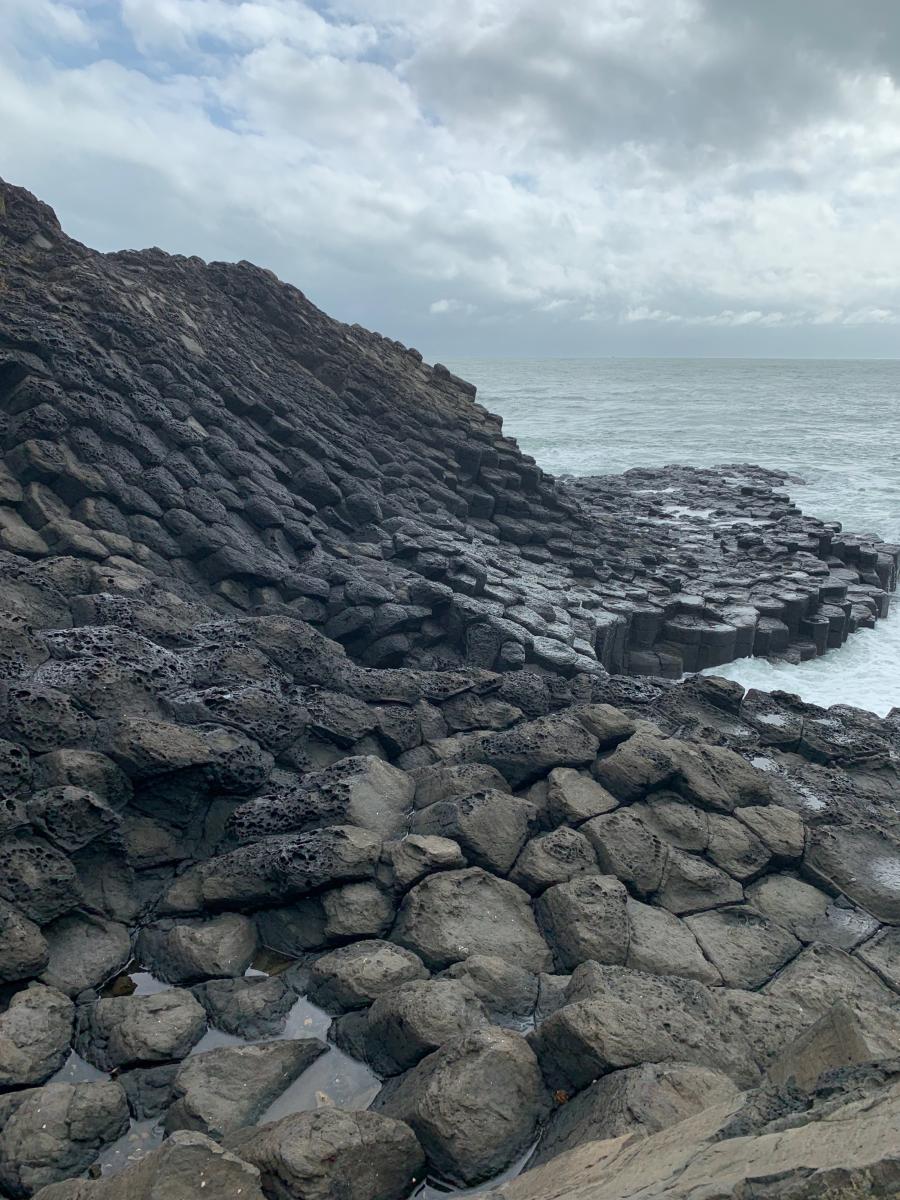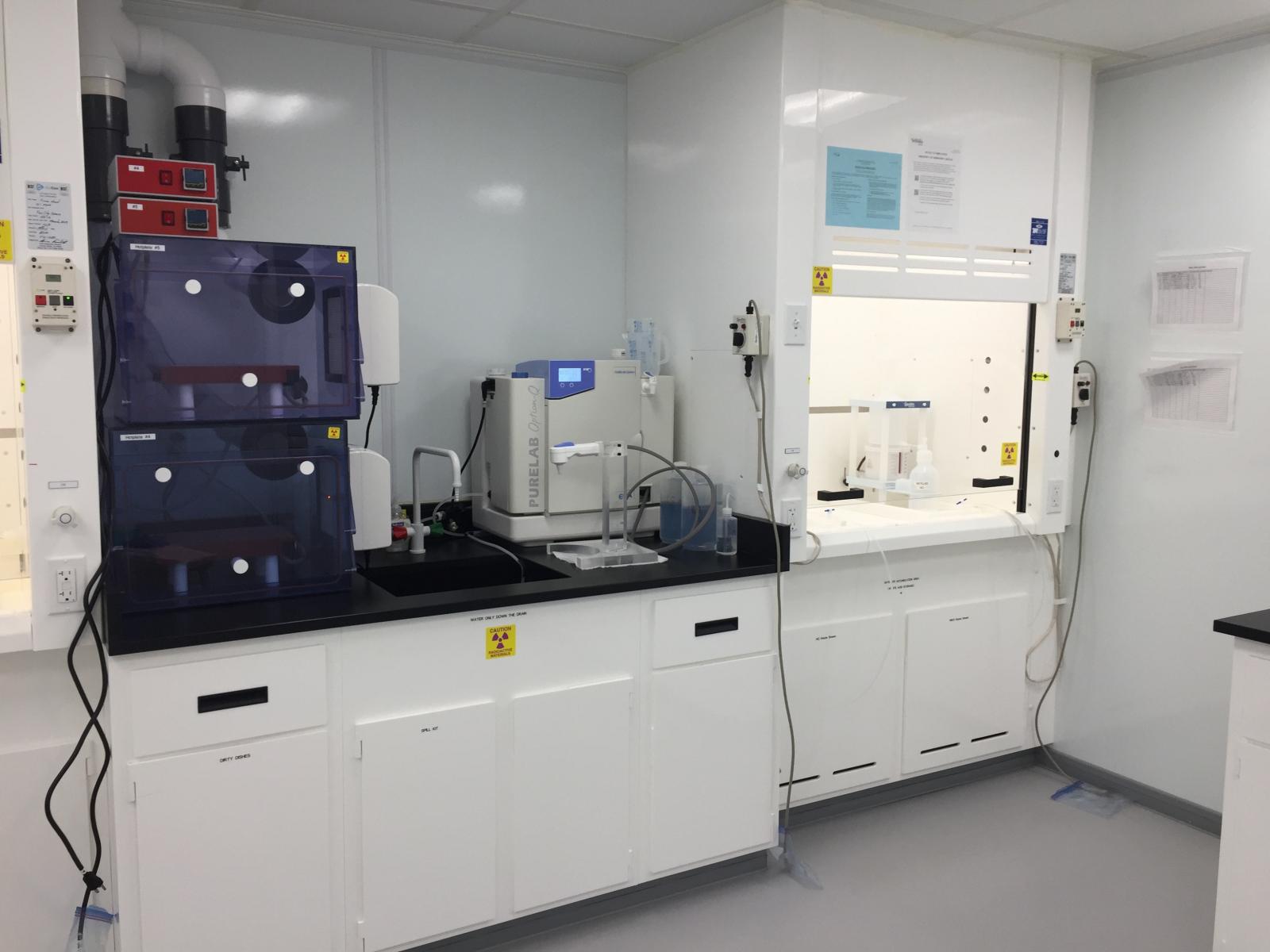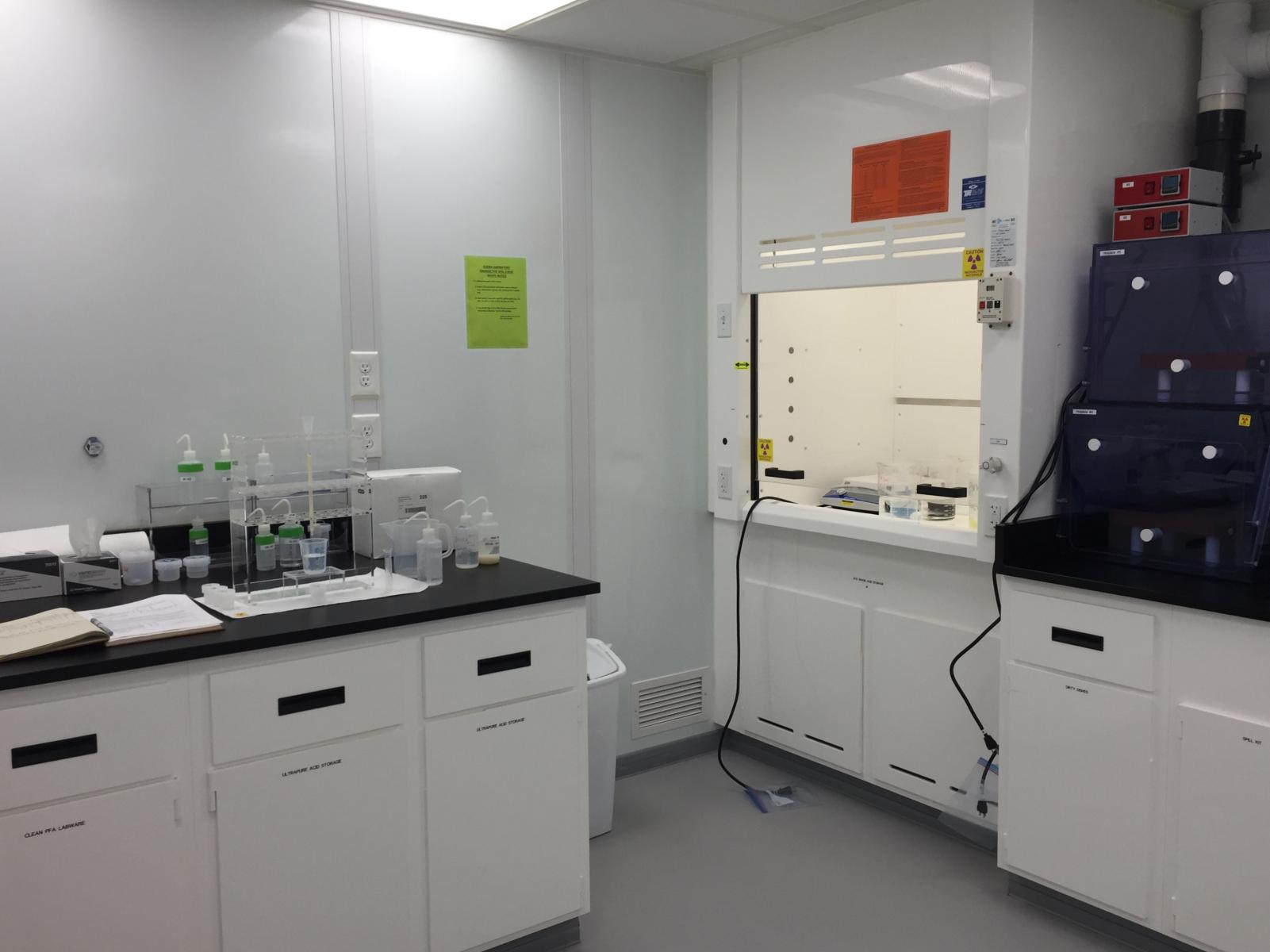Welcome to Igneous Petrology research at the University of Nebraska-Lincoln! We tackle questions about the origins of magmas, from multiple angles, including geochemical measurements, field observations, and computational modeling approaches.

That is, we sample and collect igneous rocks from the field and measure what they are made of, and then try to figure out how they formed, and what that tells us about the inner workings of our dynamic planet! Because the generation of magma can be complex, we also develop and use computer models to study the factors that control the formation of magma on Earth, and we compare our model predictions to our measured samples for a more complete picture of how the planet works.
Research
Our group works on multiple projects in igneous petrology and geochemistry, including:
- Geochemical modeling of uranium-series isotope disequilibria and trace elements in lavas
- The role of a heterogeneous mantle in producing lavas on Earth
- Mid-ocean ridge basalts and how they form
- The origins of anomalous magmatism in Indochina


Faculty
Dr. Lynne Elkins is an igneous petrologist and isotope geochemist who leads this research group at UNL. She specializes in using tools like U-series disequilibria and radiogenic isotope geochemistry of lavas to investigate the origins of magmas at mid-ocean ridges, hotspots, and anomalous regions where active volcanism is poorly explained.
Facilities
In addition to traditional rock sample processing facilities with saws, epoxy mounting, polishing, thin section preparation, and grinding equipment, Bessey Hall is equipped with an ISO-7 cleanroom for geochemical analysis of trace elements and isotopes in rock samples. The lab is currently in use for cleanroom extraction of elements like U, Th, Ra, Sr, Nd, Pb, and Hf for isotope measurements, including U, Th, and Ra concentration analysis by isotope dilution using calibrated spike solutions.
EAS is also equipped with other useful instrumentation and equipment, including the Optically Stimulated Luminescence Laboratory, which houses a research-grade gamma counter; a handheld XRF instrument; and a brand new Phenom XL benchtop SEM with secondary and EDS detectors, capable of high resolution compositional mapping and analysis. When additional instrumentation is useful, UNL houses an extensive x-ray analysis facility in the Nanomaterials Center right here on campus, which includes many XRDs and a benchtop XRF instrument.

